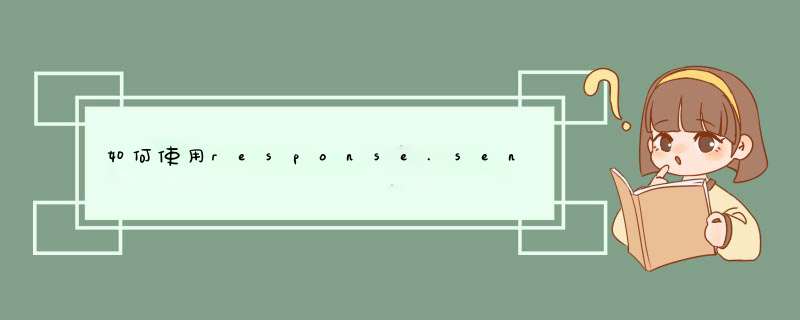
根据Javadoc的
HttpServletReponse#sendError方法:
使用指定的状态将错误响应发送到客户端。 服务器默认创建响应,使其看起来像一个包含指定消息的HTML格式的服务器错误页面,将内容类型设置为“ text
/ html”, 而cookie和其他标头保持不变。
因此,
sendError将使用您提供的消息生成HTML错误页面,并将内容类型覆盖为
text/html。
由于客户端需要JSON响应,因此您最好使用自己的字段手动设置响应代码和消息
UserBean-假设它可以支持。然后将其序列化为客户端Javascript可以评估的JSON响应。
@RequestMapping(value = "{id}/{name}" ,method=RequestMethod.POST,produces = MediaType.APPLICATION_JSON_VALUE)public @ResponseBody UserBean login(@PathVariable String id,@PathVariable("name") String userName, @RequestHeader(value = "User-Agent") String user_agen, @cookievalue(required = false) cookie userId, HttpServletRequest request,HttpServletResponse response,@RequestBody UserBean entity ) throws IOException { System.out.println("dsdsd"); System.out.print(userName); response.setContentType( MediaType.APPLICATION_JSON_VALUE); response.setStatus(HttpServletResponse.SC_BAD_REQUEST); UserBean userBean = new UserBean(); userBean.setError("something wrong"); // For the message return userBean;还可以选择使用Tomcat属性
org.apache.coyote.USE_CUSTOM_STATUS_MSG_IN_HEADER,该属性会将消息放入自定义响应标头中。
欢迎分享,转载请注明来源:内存溢出

 微信扫一扫
微信扫一扫
 支付宝扫一扫
支付宝扫一扫
评论列表(0条)